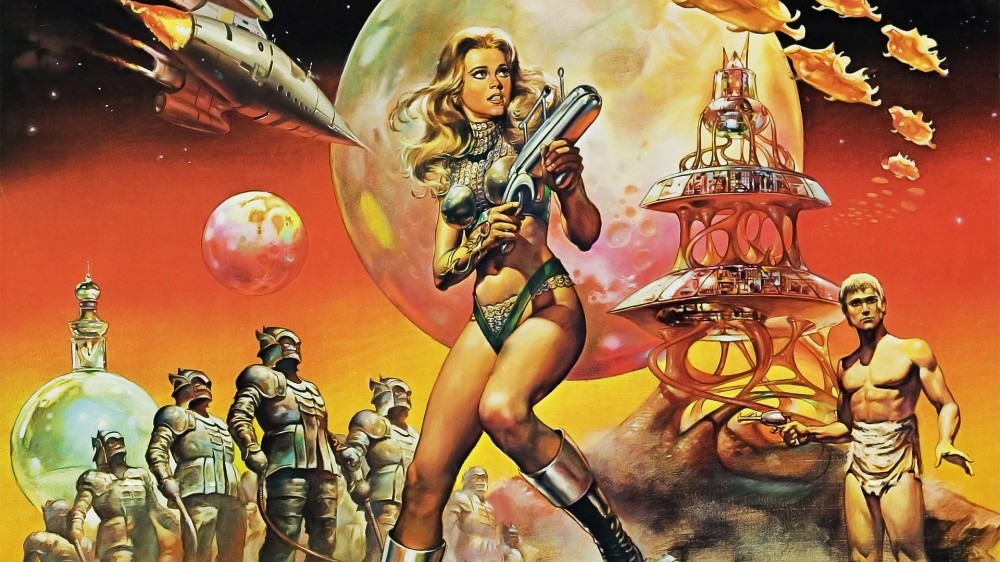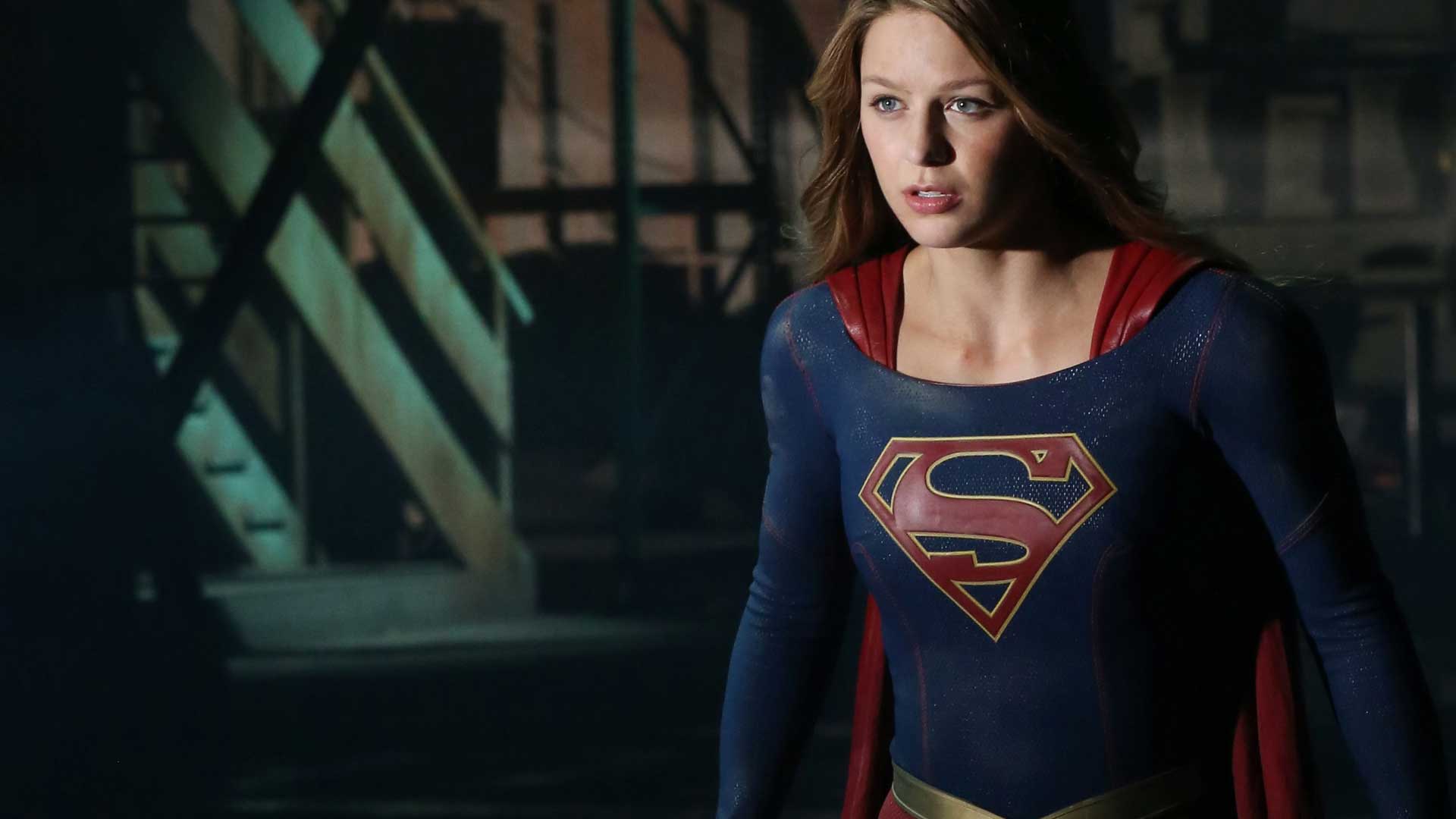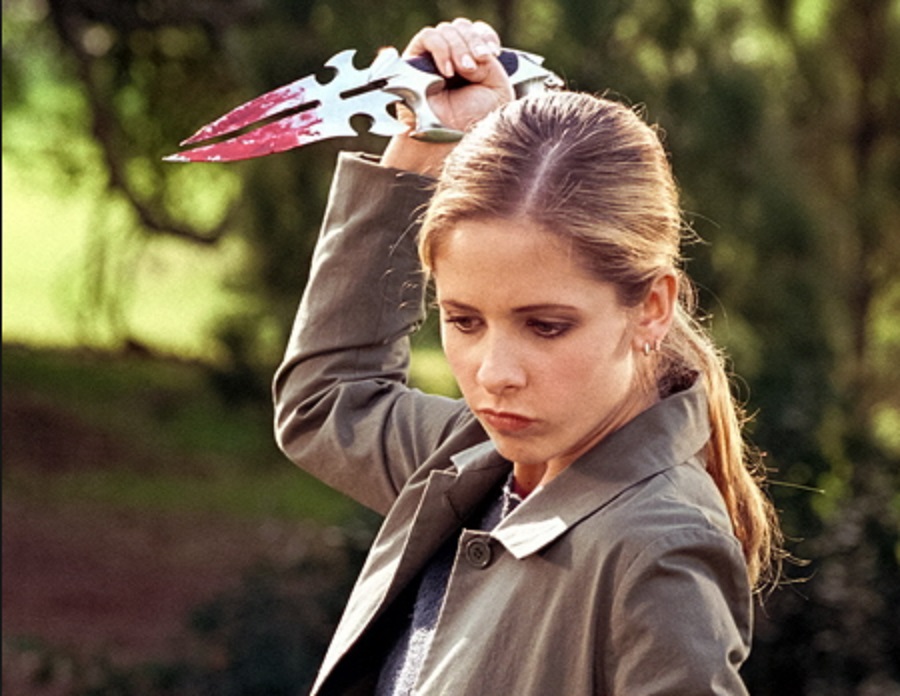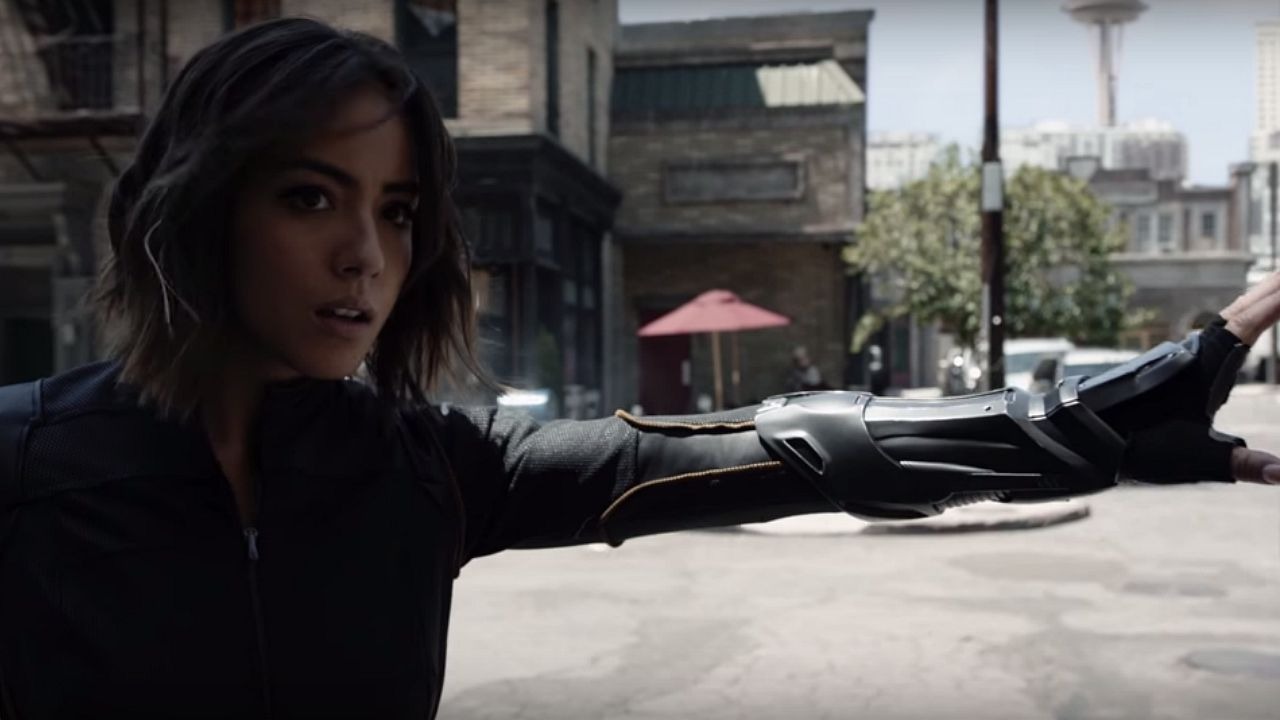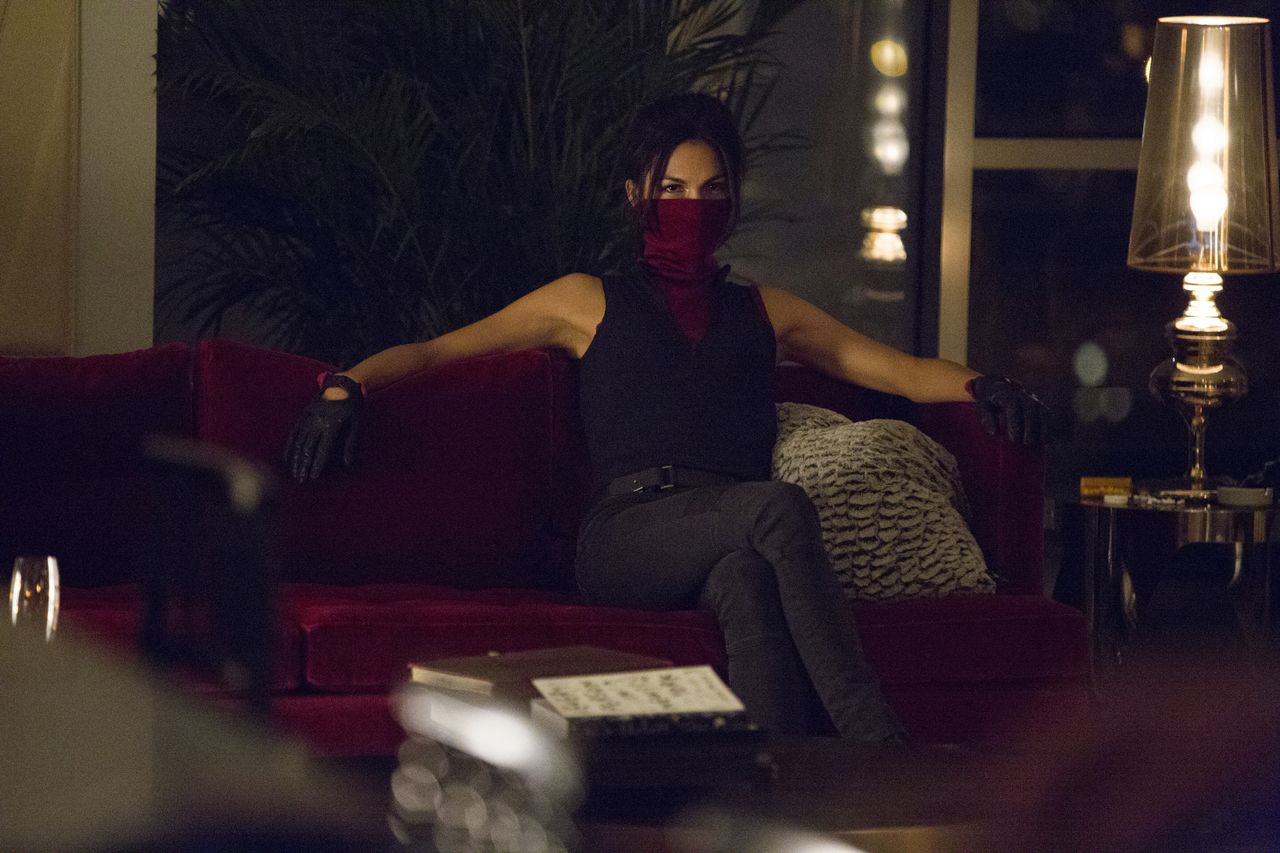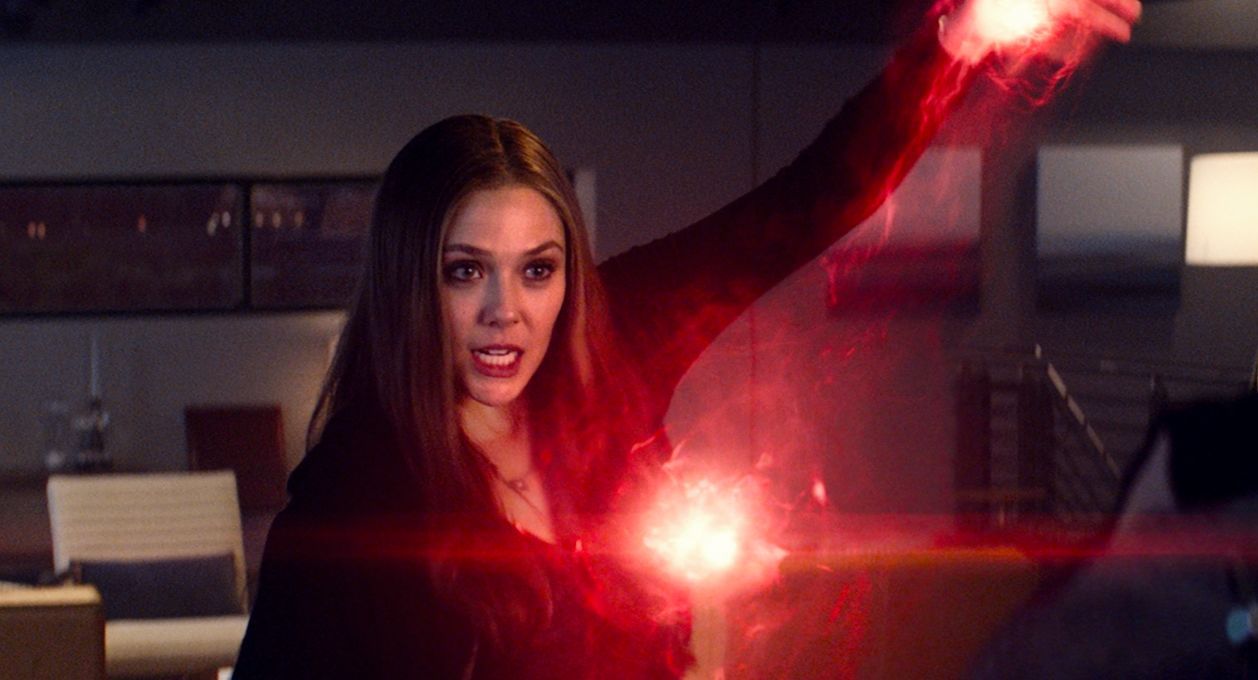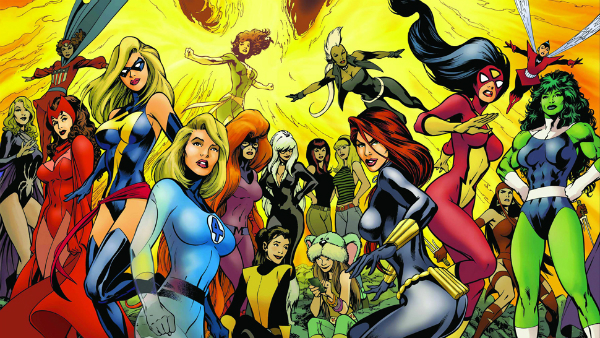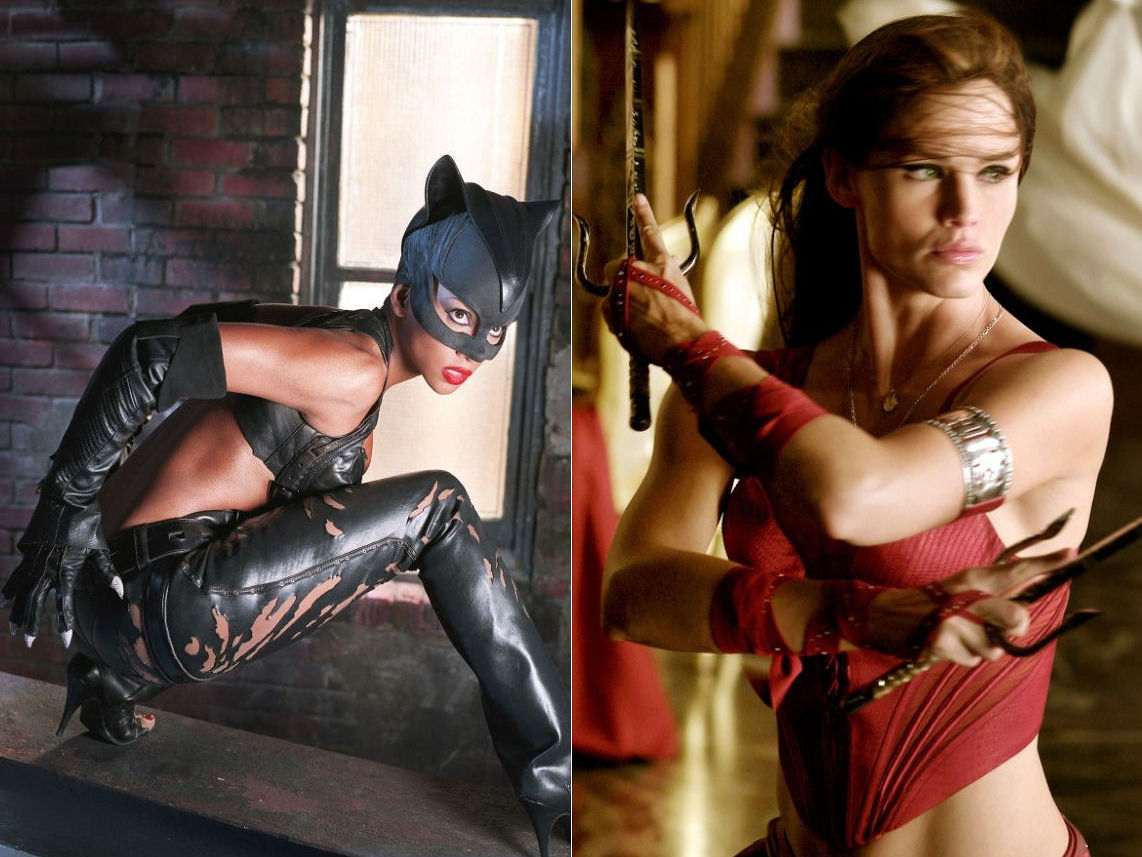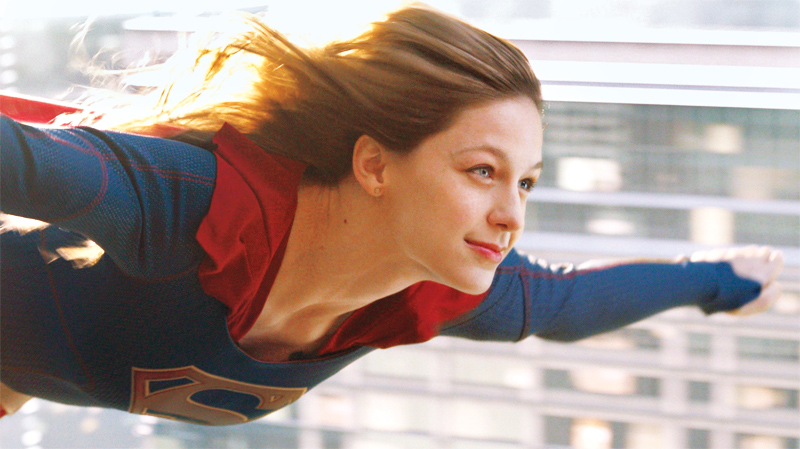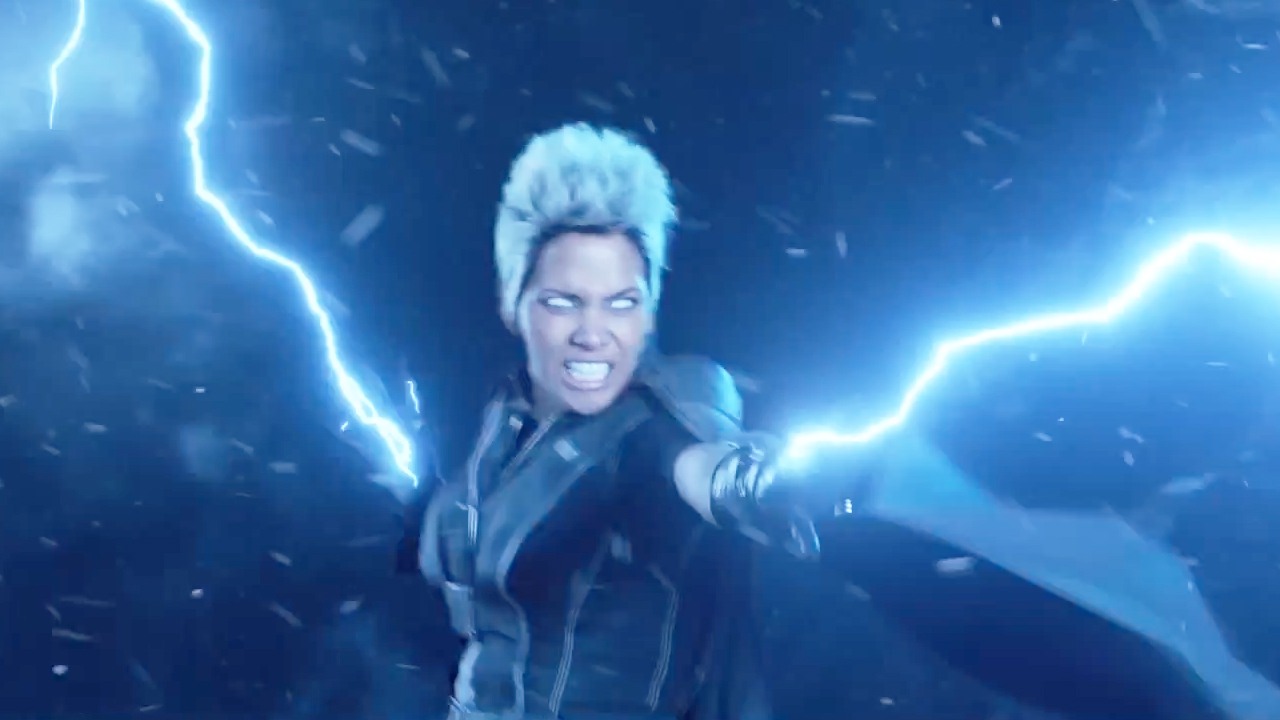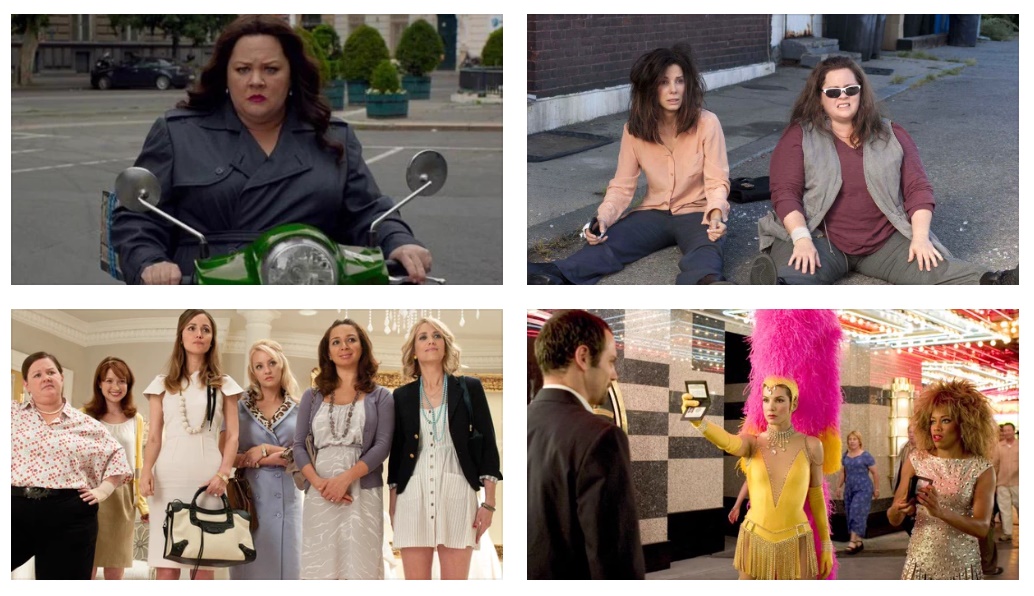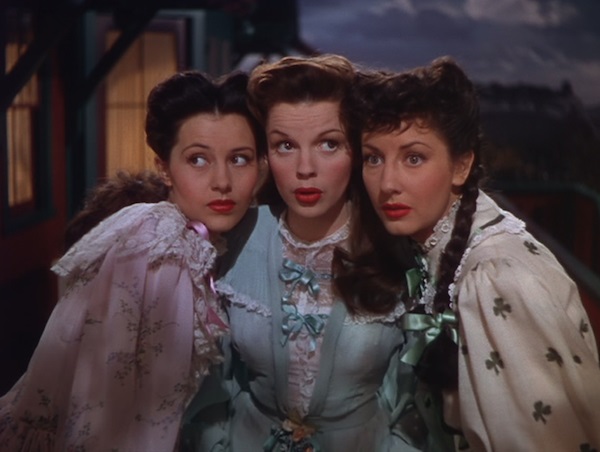This guest post written by Olga Tchepikova appears as part of our theme week on Superheroines.
Oh Barbarella Psychedella… notorious campy Queen of the Galaxy and a retro sci-fi enthusiast’s dream come true. In my mind, she exists in two distinct versions: One — the more permanent one that I find to be true for the longest time between refreshing my memory — draws her as a progressive, sex-positive, and role model-worthy character that saves the universe. The other — which I become aware of every time I refresh my memory — reminds me that although Barbarella may be at the center of every scene during her mission she is not always the catalyst of action. Based on this conflict, I am hesitant to call Barbarella a superheroine. However, I think it is valid to label Barbarella a superheroine movie. But what exactly is the difference?
Barbarella has been praised for parodying the image of a hyper-sexualized astronaut woman especially with regard to the sexist organization of space travel programs in the 1960s and often classified as a feminist film for its display of a sexually active female protagonist. Lisa Parks wrote a wonderful essay on space programs and Barbarella in the book Swinging Single: Representing Sexuality in the 1960s (1999) edited by Hillary Radner and Moya Luckett. Indeed, the heroism we find in this movie seems inevitably bound to a fixation on sex. But precisely because the film’s iconography so strongly predicates Barbarella as intergalactic sex kitten, it is important to acknowledge that contrary to the popularized image of her promiscuous pursuit, she almost never actively seeks out sexual partners. Rather, she responds to other people’s sexual desire for her. But instead of dwelling on questions about erotic agency, I would like to point out that the sexual heroism we might associate with Barbarella is strongly contingent on the futuristic setting of the story — a setting we are completely detached from, but cannot help but read through our internalized socio-cultural conventions regarding sexuality. Consequently, in the story’s terrain, it is especially intriguing that sex as we know it has become irrelevant, or — in the characters’ own words — even “savage.”
In Barbarella’s version of the future ‘making love,’ or that which we refer to as romantic physical intimacy, does not exist anymore. “Love” may be the official motto of the Republic of the Earth, but there is no sex in it. In fact, the sexual future we see here is a neoliberal dystopia. Sex has been deemed too distracting — a threat to maximum efficiency. With the help of science, people in the 41st century take pills and touch hands for one minute “until full rapport is achieved.” For the best possible effect, their “psychocardiograms” must align. And to further emphasize the routine of this practice, we find out that only the poorest of the populace — the ones who cannot afford pills and psychocardiogram readings — have sex in the form of ‘genital intercourse with their clothes off.’
In a future shaped by such conventions, Barbarella is requested to find Durand Durand who is, as it turns out later, a scientist-turned-megalomaniac that wants to take over the universe. Her search leads to Sogo (the future’s abbreviated version of Sodom and Gomorrah) — a city where the “primitive state of neurotic irresponsibility” (Barbarella’s words) is alive and well. In Sogo, pleasure and death are the two main forces in action, making it an exceptional location in the pacified, hyper-scientific universe of 4000+ AD. And it is here that we realize that the “neurotic irresponsibilities” Barbarella is worried about strongly resemble the 1960s fantasies of counter-cultural hedonism and excess. Only in Barbarella’s era, their bad reputation is grounded in the disturbance of efficiency, not a lack of moral conventions.
Certainly, Barbarella’s main agenda is not to lay out the path our society might be taking in the coming centuries. It is a campy sci-fi film after all. But can we really fully dismiss that this could be our future? One where there is, as a rule, no sex in love and no love in sex?
There are plenty of ways in which sexuality (and love, for that matter) has been and continues to be regulated for the sake of a random status quo maintained through directed shaming and punishment. Aside from the long tradition of monitoring and restricting women’s physical, mental, and emotional faculties, ‘those in charge’ have also been persistently harassing individuals and communities displaying non-(hetero)normative desires and identities. And this rigid tenaciousness causes the personal to remain political until further notice, or at least until we live in a time like Barbarella’s day and age — where you don’t have to bother putting on clothes for discussing a diplomatic mission with the president because ‘naked’ is not synonymous to ‘sexual’ anymore. And even if it was, ‘sexual’ would merely mean a match of psychocardiograms, allowing for the best possible experience of touching hands for a minute.
The separation of sex and love exemplified in Barbarella’s universe is not as uncommon as it used to be — at least in newer public discourse and social behavior. Casual sexual encounters, or ‘hook-up culture’ in the mouth of people who disapprove, can be both a means to ridicule people who are interested in bonding with their sex partners — as suggested in Aldous Huxley’s Brave New World — or a convenient code to avoid the distracting nature of romance and emotions for the sake of personal fulfillment and success in other spheres of life. As of now, we like to exhibit emotionally detached sexual encounters for the sake of efficiency as a personal choice — something that can or even will be reversed if we choose. But what if, indeed, it were possible to achieve ‘full rapport’ with another person without going through the trouble of physical intercourse and being exposed to the dangers of disease contamination and emotional attachment?
The definite separation of sex and physical sensation à la Barbarella takes this idea far out of the already tense and fragile comfort zone defining our culture’s progressive and inclusive attitudes towards sexuality. From where we stand now, a social norm that dictates this separation seems almost dehumanizing. Do we really want to be that progressive? It is one thing to think sexual intercourse without emotional attachment, or sexual sensation without sexual partner(s), but it is hard to think sexual sensation without the respective physical, and maybe even emotional stimulation. However, the over-exaggeration of this idea, to me, is fundamentally what defines the sexually heroic nature of Barbarella from the vantage point of a culture that recycles this film’s iconography on a regular basis — not least because somewhere along the way, she makes the ‘efficient sex’ of the future look ridiculous.
Barbarella was created during a time of social and sexual revolt but placed in an age where the hyper-civilized earth community overrode this one human trait that continuously has been causing trouble throughout history. Despite being a strong believer in the futuristic world order, she reverts to ancient practices that go against a lot of the principles working to maintain the 41st century’s social order and recognizes the productive potential of sexual distractions. She chooses body fluids over pills, feeling over pragmatic ritual, quality over quantity. In the eyes of the future, she becomes “savage.” In other words, she becomes like us. Her choice for ‘the old-fashioned way’ champions sex — even the casual type — as an important form of social activity, not a disturbing call of nature.
Barbarella the character might be the worst example of a superheroine by many of our contemporary expectations for a female lead not least because of the ambiguous dynamics of her (sexual) agency. But that is now, and this was then. Barbarella as a film remains a superheroine movie with a mission: save the future of sexual politics. Indeed, it seems like the sexual libertinage of counter-culture might be a smaller evil than time-efficient, pharma-induced orgasms to be received through fingertips. But then again, it is another 2000+ years until the 41st century — more than enough time for sexual intercourse to be declared “savage.”
Olga Tchepikova has lived, studied, and worked across various places in Europe and the U.S.. Her mind in free time, as well as in research, is mainly occupied with films about and critical theory on subculture, outsider figures, horror, violence, death, sexuality, and the sex industry.
